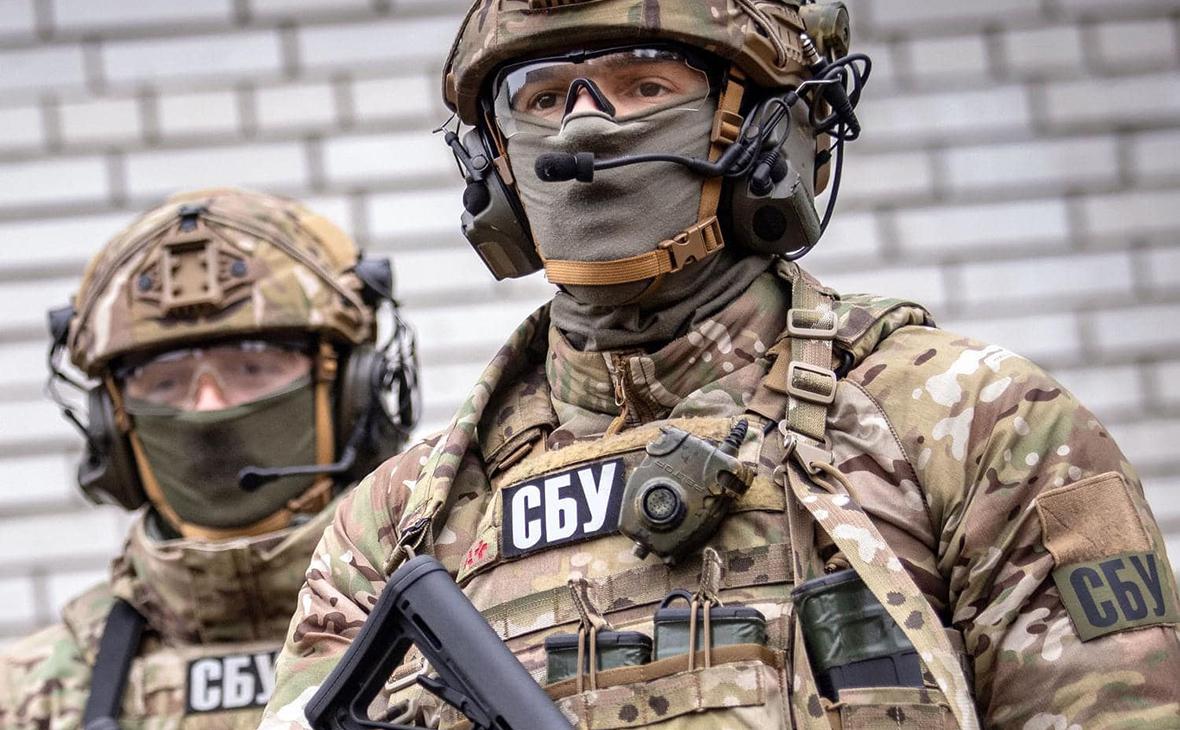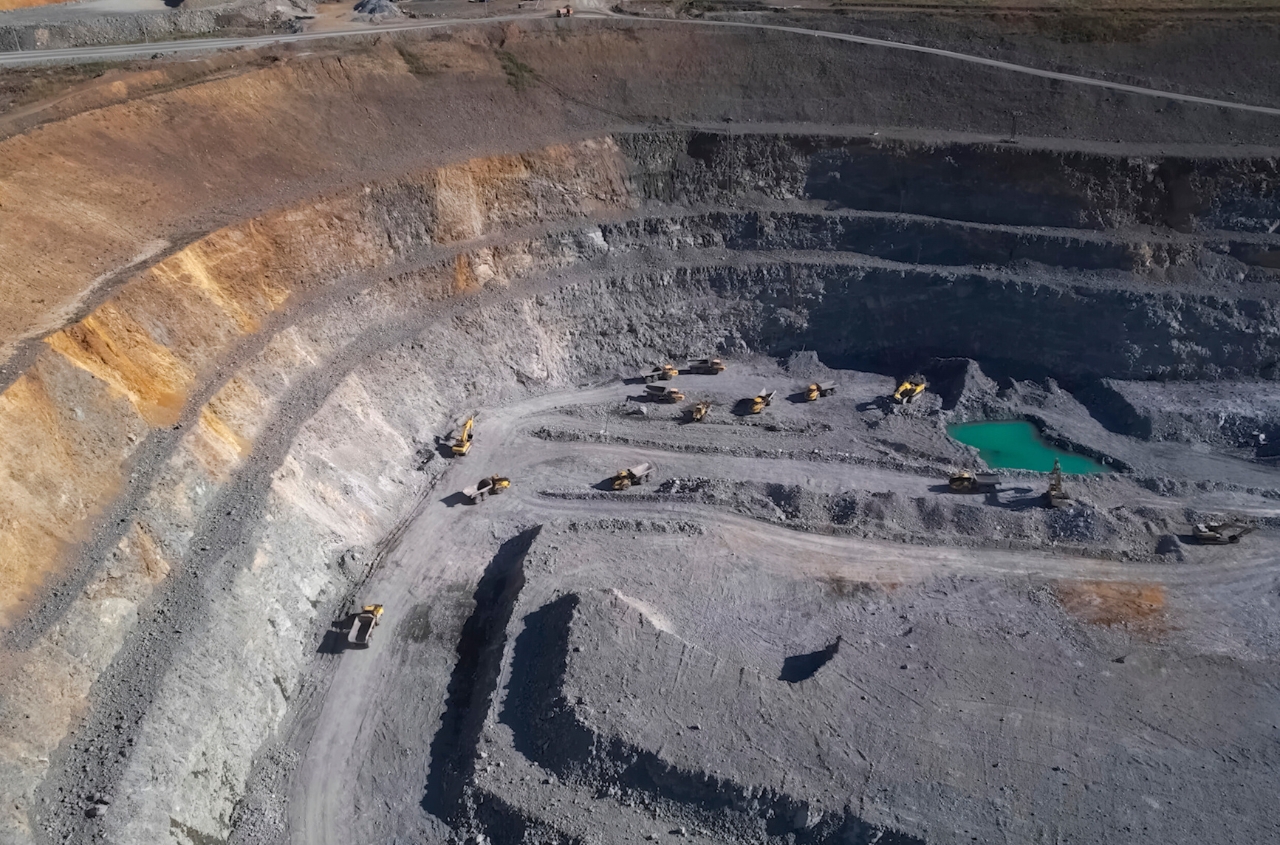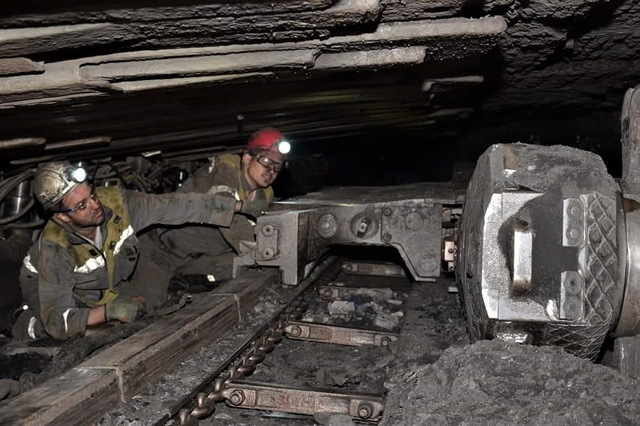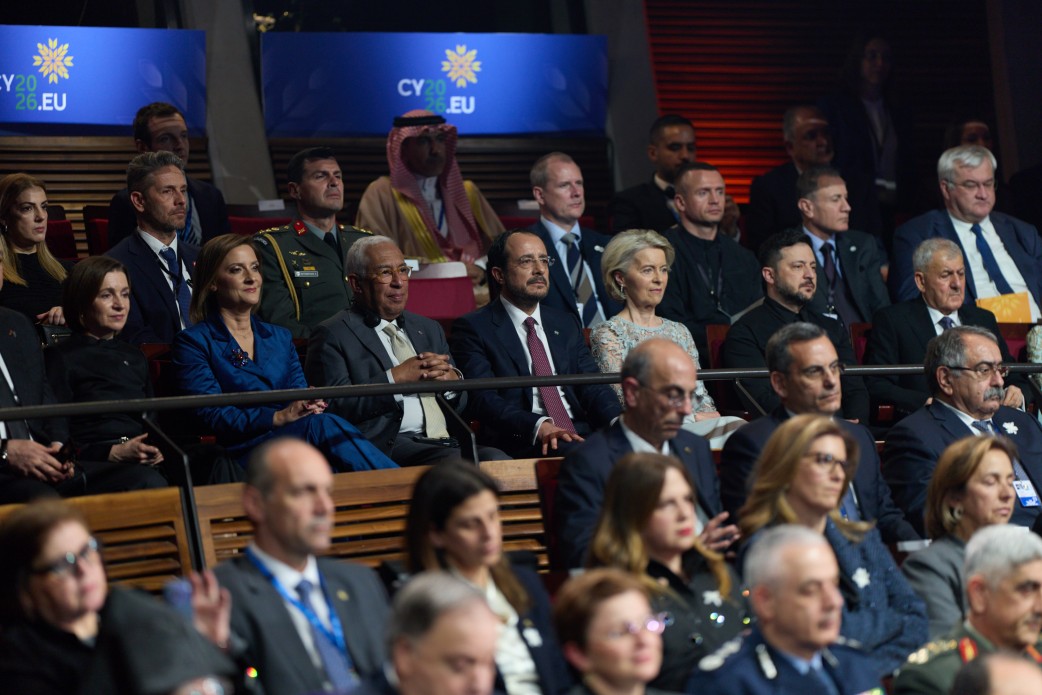"In the United States, there are shifts, ideally (!) by mid-May our troops on the front should feel this (5-7 days to complete formalities and one to two weeks to deliver significant volumes of air defense missiles, long-range weapons, and ammunition). Russia has its own process. Which is accompanied by large-scale cover-up actions and speculations. Let's take a closer look.
1. The common topic of conversation in recent months has been the assertion that by the end of May, Russia will assemble a small army, and by the end of summer - a large one. And it will transition from small to large decisive offensive. Where will these armies hypothetically come from? Propaganda and Russian official sources have been pushing the thesis for about a year that up to 45,000 people "voluntarily" (i.e., on the terms of mercenaries) join the ranks of the occupation forces each month. This is the stable minimum boasted by the Kremlin.
After the terrorist attack in "Crocus," they claimed a surge of patriotism among 16,000 volunteers who allegedly took up arms within a day. Then they clarified that it was over 10 days and that turned out to be untrue as well. All this "stable lying" has some factual basis and a number of peculiarities.
In a very simplified and rough way.
In 2023, after the effect of mass mobilization had worn off and the resource of convicts had been exhausted, the Kremlin found some balance of "carrot and stick" for the people: they started enticing them into war with a package of material benefits, while simultaneously pushing vulnerable and disadvantaged citizens in that direction (holders of various debts, offenders, unemployed, simply poor, etc.).
The motivational package in Russia consists of two parts - federal and regional.
The federal part includes:
• A one-time payment from the Ministry of Defense of the Russian Federation upon signing a contract (currently - 195,000 rubles),
• Monthly allowance (from 50,000 during training to 250,000 in the "zone of special operations"),
• Several compensations for injuries,
• Posthumous compensation to relatives,
• Additionally, federal laws provide a range of benefits for family members and survivors of war occupiers.
The regional package follows a similar logic but is more diverse in content. Regions offer one-time payments, sometimes adding monthly stipends. They forgive utility debts in some places, come up with incentives for children (payment for kindergarten, school), deliver firewood, and so on.
All of this is covered with a thick layer of propaganda. However, Russians are suffering huge losses. Taking minimum figures - losses of killed soldiers, visible within Russia itself - about 3,000 soldiers are publicly buried in Russia every month (around 100 per day). Plus, there are wounded. So, even according to Russian (!) data, one-third of the stated influx of mercenaries is guaranteed to drop out. In reality, the influx is lower, and the proportion of dropouts is higher.
In the current regime, they were able to replenish themselves against the backdrop of a lack of funds for the Armed Forces of Ukraine. What will happen in the summer depends on the actual dynamics of deliveries of Western weapons and ammunition.
2. For large-scale actions to overcome the intensifying line of fortifications (especially if our army receives support and can solve the problem of Russian tactical aviation with its guided bombs and guided missiles), Russians need to rapidly build up troops over 3-4 months. However, open mass mobilization remains an extremely unpopular endeavor.
Therefore, at the federal level, such measures ("stick") have already been taken:
• Spring conscription has begun, and the conscription age has been raised from 27 to 30 years. Conscripts cannot be sent to war formally, but contract soldiers can. After 3 months, conscripts (a total of 130,000) will be encouraged to sign contracts and participate in "special operations." Many will be persuaded.
• Electronic summons have been introduced. The process of delivering the letters of happiness will be secretive. There is no need to announce anything publicly.
However, back in the fall, there was a trend towards increasing the regional part of the bonus package. This was one of the markers that they are not achieving the planned number of soldiers. Migrants to the army and military-industrial complex are not lining up in masses. Therefore, competition for labor resources is intensifying.
Regional bonuses began to increase significantly from the new year in the context of the "electoral campaign." But the most interesting thing is that after the elections, this trend only intensified!
At the moment, a real battle is unfolding for the number of soldiers that federal subjects must transfer to the federal center and/or assemble into regional units. Wealthy and successful regions are literally buying people from less affluent territories. What Kadyrov used to do, not particularly emphasizing, dozens of governors and even mayors are now publicly announcing.
By the end of 2023, the competitive price for the head of a recruit for a region was 200,000 rubles in a one-time payment. Affluent regions offered 300,000+ (for example, in Tatarstan, the payment consisted of money from the Ministry of Defense + the region + the city + enterprises, and even the local DOSAAF contributed - in Kazan, the total amount was around 900,000). The most sluggish and greedy federal subjects were in the Central Federal District - in some places, they didn't add anything at all.
From April 1, prices in some places have increased three to four times. Krasnodar Krai is already offering 1 million rubles (about $10,000). Nizhny Novgorod set the price at a million as well. In March, the Rostov region offered 500,000 for a contract with the Ministry of Defense and 700,000 for a contract with the named (regional) "Don" battalion.
On April 2, the governor of the Rostov region, Vasily Golubev, announced an order: to increase the basic regional payment to 700,000 rubles. Quote: "Those who sign a contract in the Rostov region will be able to receive these funds, regardless of their place of residence or registration" (!). And for a contract with the named battalion, they now pay 1 million rubles.
In other words, a certain threshold of "a million per head" has been set for "decent regions," which will pull prices up everywhere.
St. Petersburg has so far held at 905,000. In the Moscow region, the regional payment in named units of the region was 605,000. Even Bryansk raised the price of a one-time payment to 400,000 rubles.
Moscow publicly promises 50,000 monthly (!) supplements and an individual one-time payment. And so on.
What should we pay attention to?
3. This is a very illustrative story of accumulating internal imbalances in Russia: between regions and between different sectors. These are legalized internal colonies where the lives of citizens officially have different values.
Moscow can print enough empty rubles. This instrument will suffice for some time. However, buying mercenaries in commodity quantities is still possible because there is money from oil sales that the Kremlin channels into the military-industrial complex and the army. Wealthy regions receive resources to retain their personnel and buy the poor. Plus, the Kremlin still has the means to redistribute to social programs in those federal subjects where defense and other lucrative sectors have not developed.
If this oil flow is disrupted, the redistribution mechanism will cease to function. This will sharply exacerbate contradictions within Russia. Our partners surely keep this in mind. And they have clearly shown that they are not interested in any abrupt changes. In gradual "drying out" - yes, but in an oxygen regime - no, so as not to provoke unpredictable convulsions...
One consequence of the rising price tag for mercenaries is the undermining of the entire "near-heroic" discourse. In the regions of Russia, there have already been many incidents where discharged occupiers are viewed solely as temporarily solvent personnel. No piety, no sentiment. Chase after money – now it's your problem. A dead occupier is useful for propaganda, a living one is harmful. And more and more Russians understand the real choice and see its consequences.
The swift rise in the price tag for recruits may be related to the feeling that people who are generally willing to go to war for money are running out. And beyond that, the amount won't matter much with mass recruitment. Therefore, prosperous regions are rushing to meet the quota. To have a margin on the scale of repression. And this will further increase the pressure in the federal subjects, which already mainly pay with blood.
The Caucasus is already minimally involved. The Far East has suffered greatly. Siberia, the Urals, and the Volga region bear the brunt now. And in the western regions, large-scale military construction has been announced in the Moscow and Leningrad military districts to simulate NATO threats. They need to accumulate professional units, not burn them. In other words, the unlimited human resource in Russia is an exaggeration.
Planned floods, planned fires (already started in Bashkiria due to abnormal heat for this period), plus the efforts of the Ukrainian army on Russian territory will overload the state apparatus. Slowing down mobilization processes.
4. The totality of facts gives rise to such a hypothesis: if Russia digested the first mass mobilization practically unnoticed and found ways to replenish, then the current tension aimed at gathering a larger horde by autumn will be orders of magnitude more difficult. And the next time a similar operation can be carried out only after a significant period of time, otherwise, there is a great risk of falling apart.
We'll hold out through summer and autumn – and Russians will be forced to pause until they find new solutions (if they find any). As I've already mentioned, at least one personal drone will be prepared for all Russian soldiers. But not everyone participates in assaults. So, there will be 2-4 devices for each assaulter. A stable solution for aviation will emerge (intuitively – by August it should be) – and the task for Russian forces to achieve any significant result will become unrealistic. They won't advance far on the ground, the losses will be colossal.
In other words, apocalyptic scenarios are not the main ones. On the contrary, there is an opportunity to influence. Intimidating Ukraine with inevitable and imminent collapse is pushing for settling for less and spinning the narrative of resistance abandonment.
The situation for us is indeed tough. But not hopeless. Two years ago, it was much worse.
Avoiding internal destabilization. Not allowing Russians to organize a humanitarian crisis – through preparation. Helping the army in the way that is available. There are many of us, and we have no other home."


















